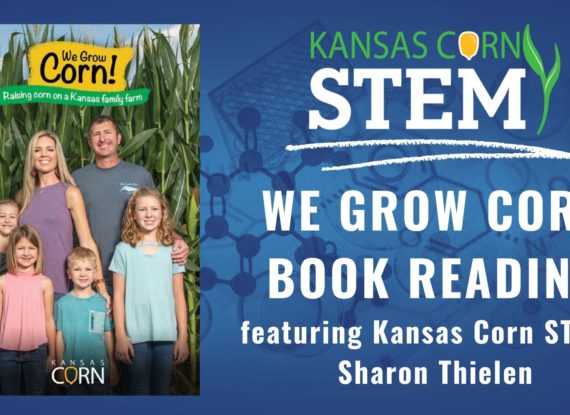TEACH-FLEX
C is for Corn (At Home)
Grade Level: Kindergarten
Students will explore the parts of corn and the sounds of the phoneme hard C. Students will infer through evidence where corn comes from and what animals might eat corn. Students will also practice making the letter C and other letters of the alphabet using playdough.
This lesson is the work product of the Kansas Corn Commission. Our lessons are written in collaboration with Kansas teachers for use in the classroom. Teachers may copy and share this curriculum. Use of this product for commercial or promotional use is prohibited without express permission of Kansas Corn.
Newsletter Sign Up
Each quarter we release a newsletter written by teachers for teachers. This is an easy way to keep up with what is happening at Kansas Corn STEM.
Subscribe Today!
